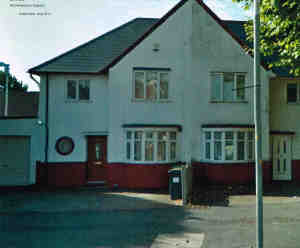Thomas Davis
- Born: 28 Jul 1805, Bilston, West Midlands England
- Christened: 21 Sep 1806, St Mathews Anglican, Walsall, Staffordshire England
- Marriage (1): Ellen Nock on 29 Apr 1833 in Sedgley, Staffordshire England
- Died: Jan 1872, Wolverhampton, Staffordshire England at age 66
General Notes:
Father's name was Thomas Davis
Mother's name was Anne
In 1851 census was listed as being born in 1806, in 1861 census was listed as being born in 1807, In 1871 census was listed as being born in 1805 at South Wales Flintshire, Wales Head census at Wolverhampton Staffordshird. Flintshire, an older county was a long way from Walsall, Staffordshire so I'm still not sure where he was born in actuality
Buried at Methodist Cemetery, Wollongong by R.C. Oakley
Noted events in his life were:
• Occupation: Occasional Miner.
• fact.
• Alt. Birth.
• Emigration.
• source.
• question.
• connection.
• Resided.
Thomas married Ellen Nock, daughter of Henry Nock and Elizabeth Dixon, on 29 Apr 1833 in Sedgley, Staffordshire England. (Ellen Nock was born on 26 Nov 1809 in Wellington, Shropshire England, christened on 6 Dec 1829 in Oldbury by Halesowen Presbyterian, Worcester, Staffordshire England and was buried on 8 Sep 1904 in Whitwood Mere, near Castleford, West Yorkshire England.)
Noted events in their marriage were:
• fact.
|
